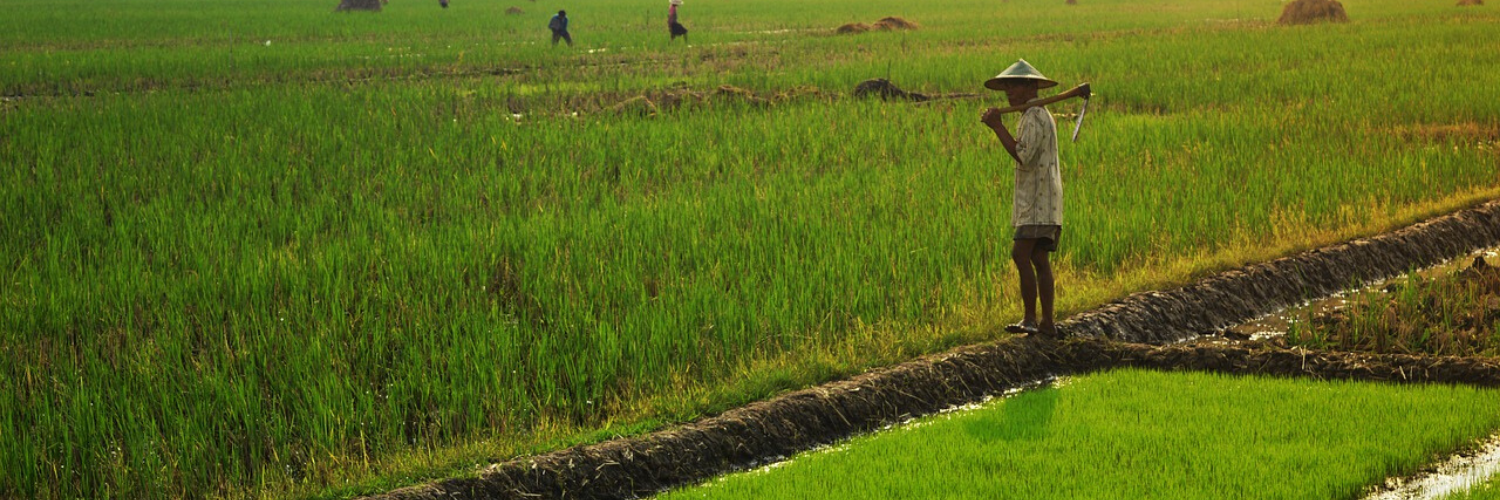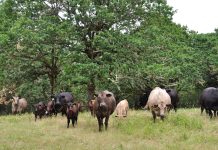Courtesy of Forests News
Written by: Julie Mollins
Efforts to combat global hunger and malnutrition are increasing amid the COVID-19 pandemic.
The recently published Global Report on Food Crises 2020, estimates that pre-COVID, 135 million people in 55 countries were facing acute hunger mainly due to conflict, the effects of climate change, and economic crises, according to the U.N. World Food Programme.
Yet, even before the pandemic shutdown began, more than 800,000 people worldwide did not get enough food to eat and about 2 billion people were experiencing malnutrition. The situation is becoming more severe, and U.N. projections indicate that global population will grow over the next 30 years from 7.7 billion to 9.7 billion adding more pressure to the food production system.
At the Center for International Forestry Research (CIFOR), World Agroforestry (ICRAF), and the other CGIAR-led centers, this work has been underway for decades. Agricultural and forestry researchers strategize alongside governments and scientists throughout the Global South, framing and reframing agricultural efforts to build healthy, resilient and sustainable food systems.
From June 3 to 5, the Global Landscapes Forum (GLF), which is jointly coordinated by CIFOR, UN Environment and the World Bank, will host Food in the Time of Crisis: How to feed the world without eating the planet, a major online conference that will cover all aspects of food security and insecurity.
Speakers, including David Nabarro, special envoy of World Health Organization (WHO) Director General Tedros Adhanom Ghebreyesus on COVID-19, will explore how the natural world intersects with human health and agriculture in a session hosted by World Wide Fund for Nature (WWF). Other delegates, including Chief of the U.N. Environment Programme’s Terrestrial Ecosystems Unit Musonda Mumba and Director General of WWF Marco Lambertini, will share insights into how agricultural production is one of the largest sources of greenhouse gas emissions and is a main cause of deforestation and land degradation, affecting global biodiversity. They will engage in conversations about how investing in sustainable landscapes is the wave of the future.
Poor land management and the negative impacts of climate change spur land degradation, which is one of the root causes for the loss of biological diversity, according to GLF. If the world is not prepared, climate change could lead to further biodiversity loss, lower crop and fish yields, further threatening food security.
Underpinned by the landscape approach, the conference, which will stream live online from Bonn, Germany, will feature discussions on how to transform challenges to opportunities, delineating a potential road map for action.
Major topics include:
- Climate action
Reducing emissions from agriculture by 30 percent by 2030, increasing competition for land from the non-food sector, resilient seed systems, transforming agro-ecosystems into carbon sinks.
- Forests and trees
Contribution of forests and trees to nourishing the planet, the delicate balance between forests and landscapes, nutrition and malnutrition.
- Regenerative agriculture
Producing nutritious foods while maintaining or enhancing biodiversity and improving resilience, the significant role of family farms play, trees on farms, regenerative agricultural techniques and inputs.
- Biodiversity
Crop pollination, natural water purification, flood protection, carbon sequestration and other benefits to humanity, a critical year for the U.N. Convention on Biological Diversity, meeting the Aichi targets.
- The Decade on Ecosystem Restoration
Developing ecosystem restoration efforts for sustainable agroforestry and land restoration, keeping apace with food security and nutritional needs as the population balloons by 2 billion people over the next 30 years.
- Finance for food
Role of investors in funding the transition to more sustainable food systems, improving access of small landholders to finance, big agri-businesses and sustainable landscapes.
- Youth
Building momentum through activism, job creation in agriculture, supporting future leadership in designing system change for sustainable rural development.







